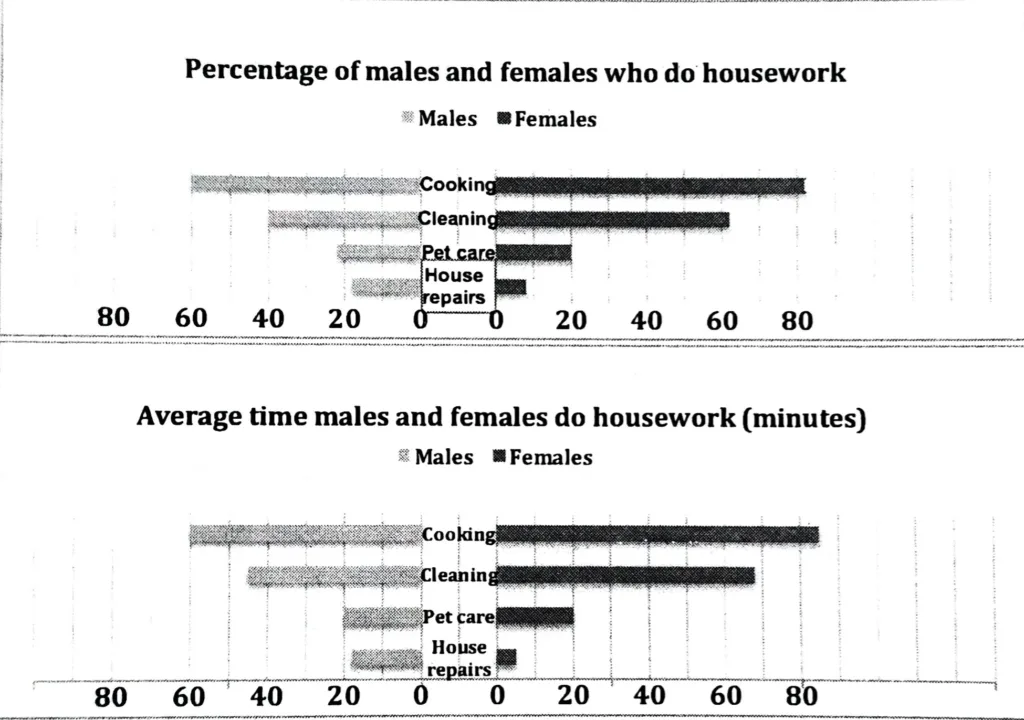
The percentage of energy used by various appliances in a typical Australian home is displayed in a pie chart. The table indicates that as household size increases, the amount of energy used per capita decreases, and the pie chart generally illustrates that temperature control—both for heating and cooling—is the primary user. Water heating is the next largest user.
Water heating uses a quarter of the power in a household, and heating and cooling equipment account for nearly 40% of the total energy used. Dishwashers, TVs, and other smaller appliances account for 16% of total energy usage. The combined use of that amount (7%) for lighting and refrigeration is slightly less than half. When compared to stoves, ovens, and other cooking appliances, which consume only 4% of household energy, standby power accounts for an astounding 3%.
According to the table, the annual electricity consumption of an individual ranges from 5,000 to 6,500 Kw, while the consumption of two individuals is comparable or slightly higher. The average energy consumption of an Australian household with three members is approximately 6,000–8,000 Kw, or possibly as much as 10,000 Kw. Only twice as much is consumed by a household with six or more people as by one with two people.
In conclusion, living in a larger household is more cost-effective because all types of heating and cooling, including cooking, water heating, refrigeration, and air temperature, consume significant amounts of energy in Australian homes.


